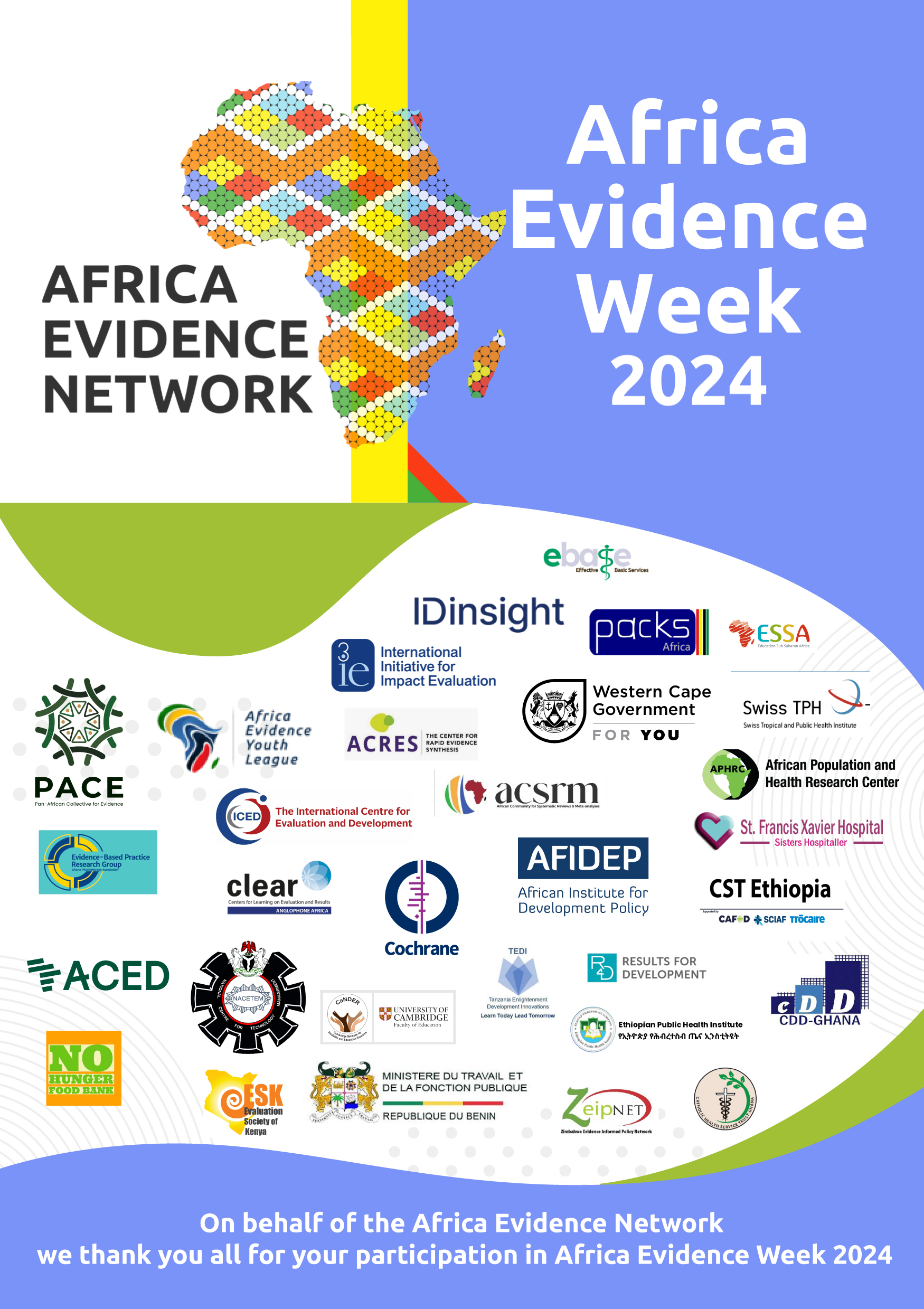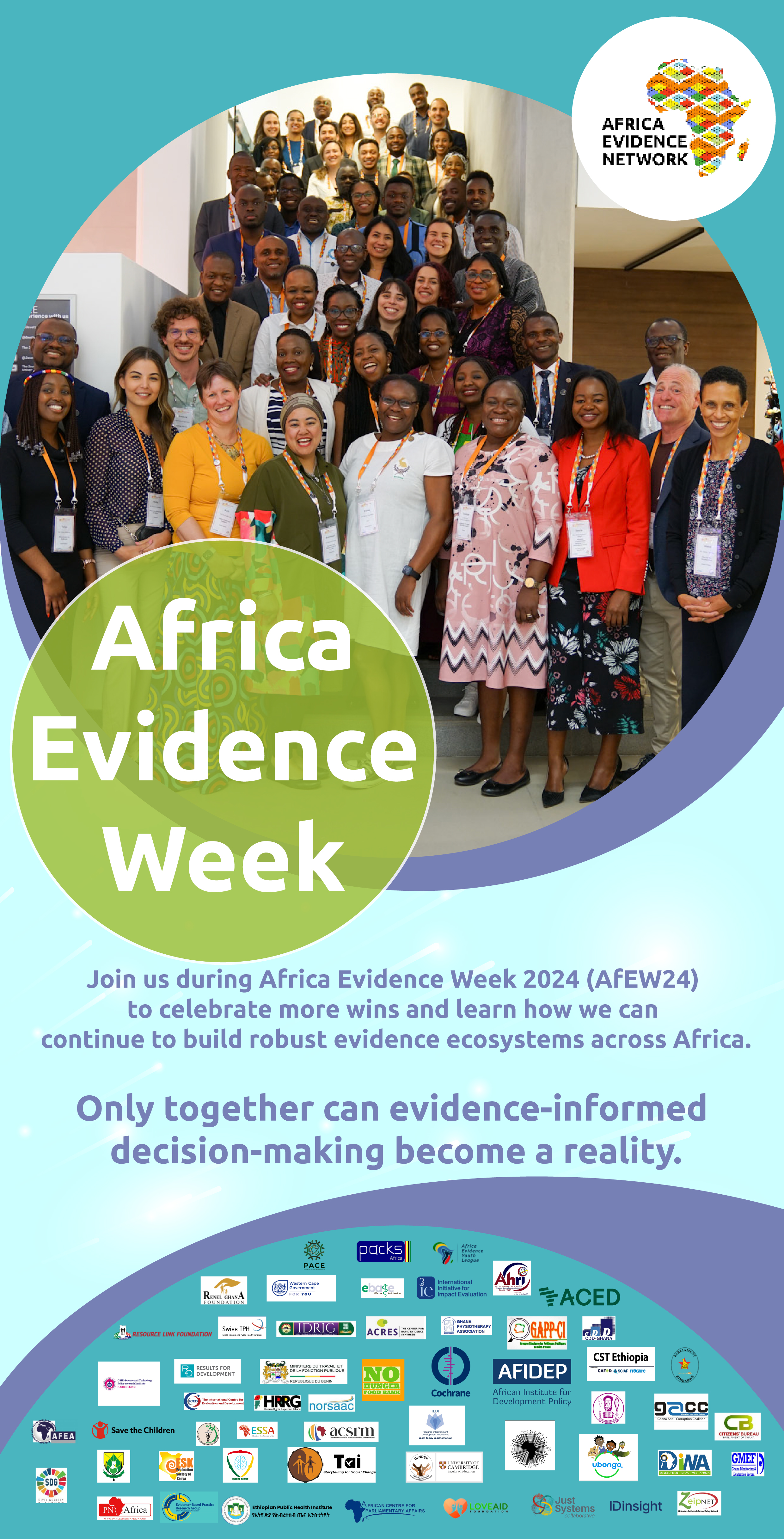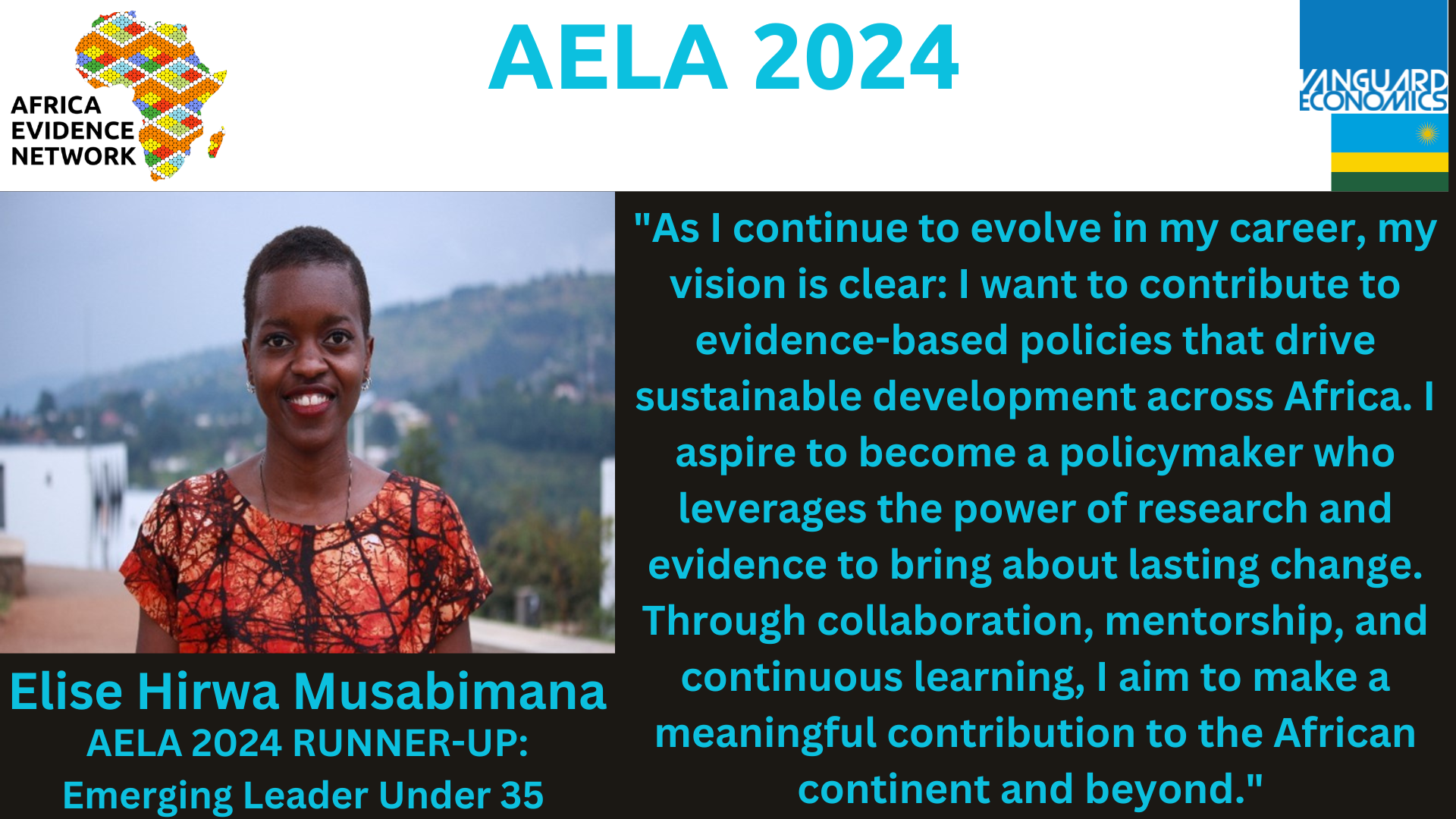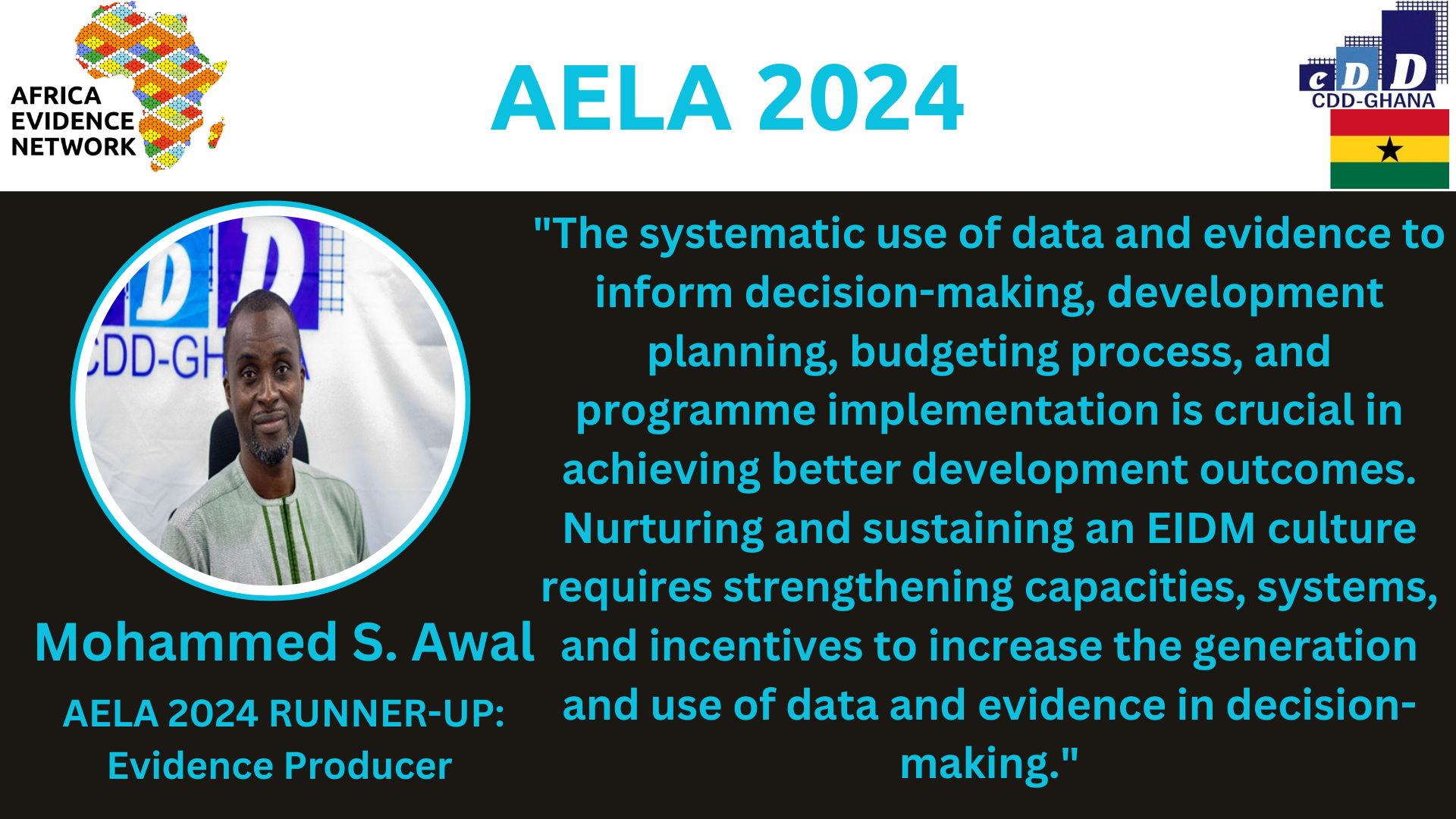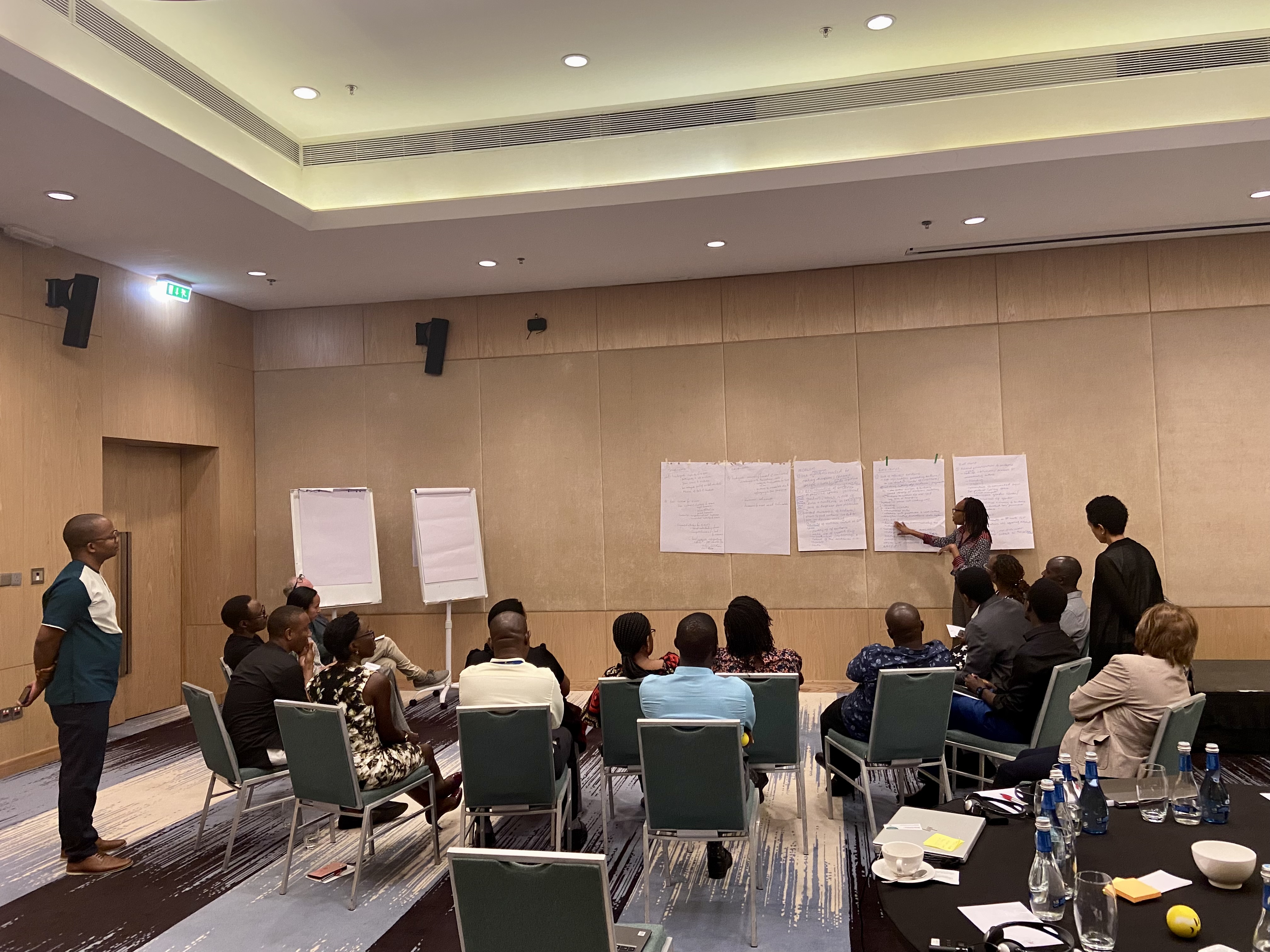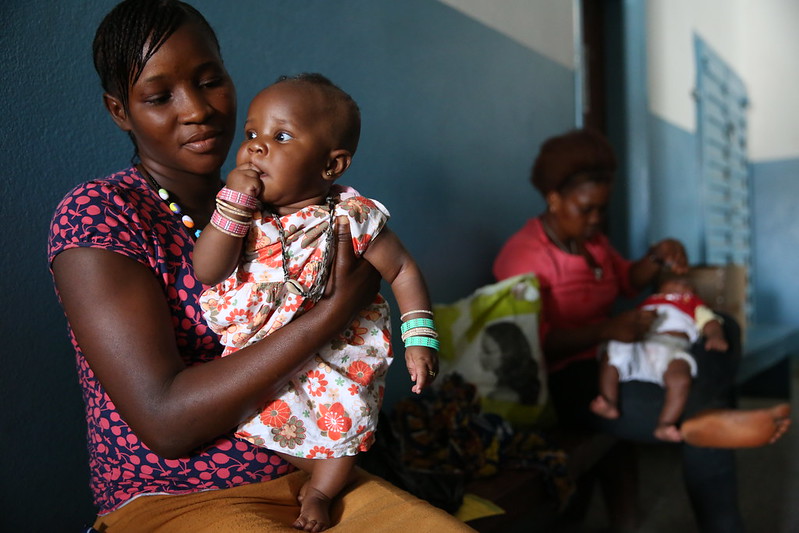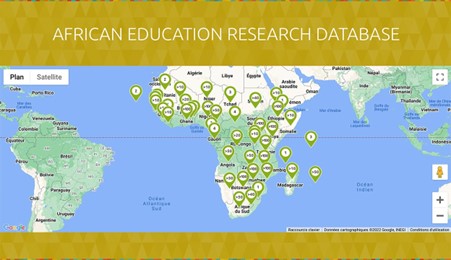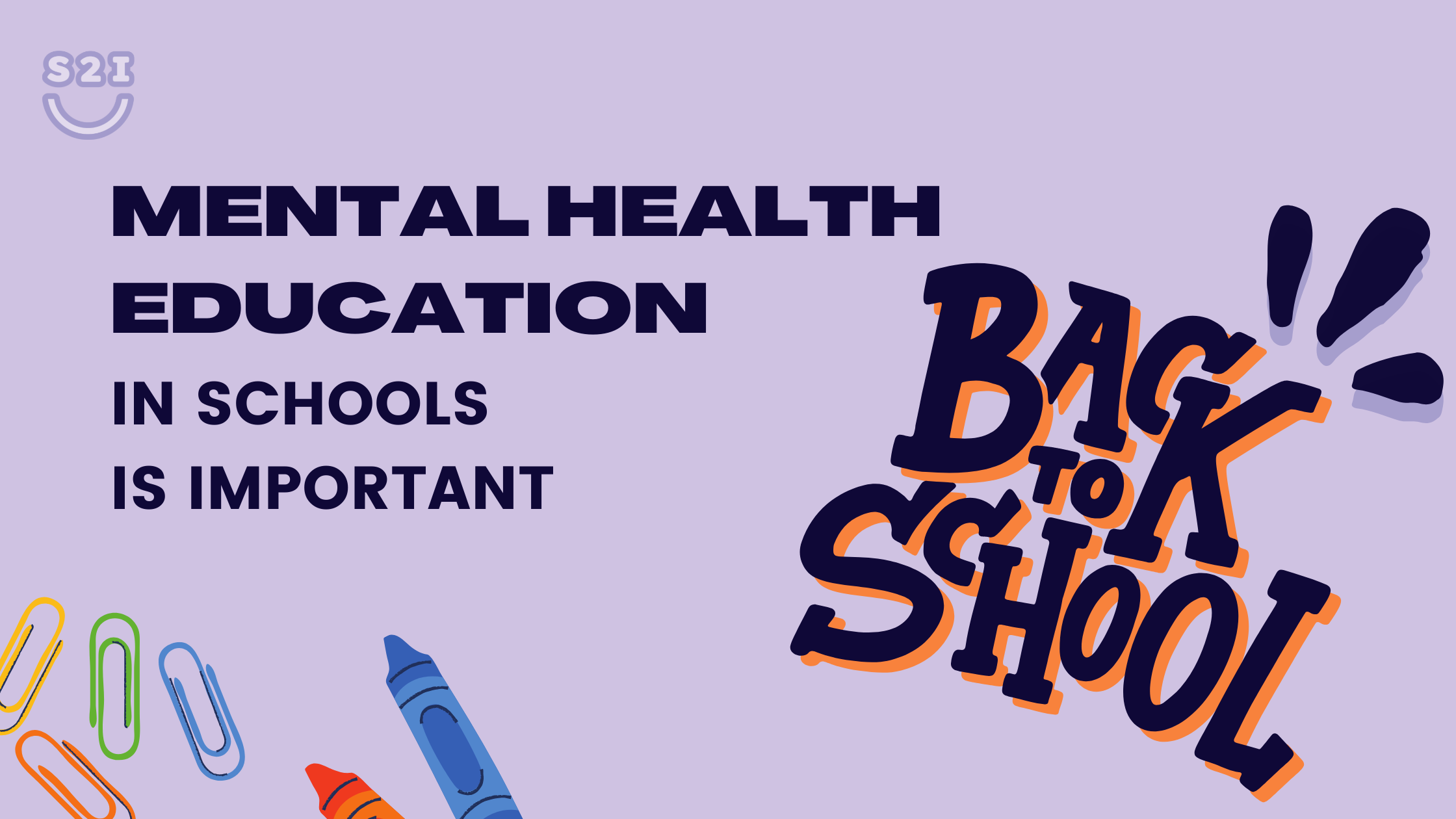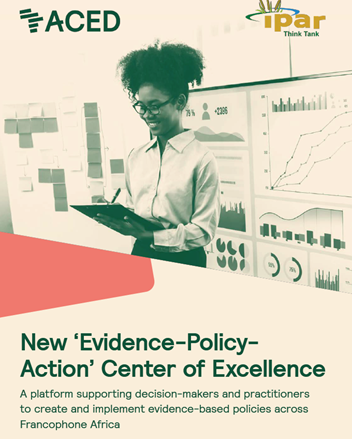
Globally, there has been an increasing trend in the call for incorporating children’s voices and participation in research. This trend can be attributed to the adoption of various international treaties and conventions, notably the UN (1989) Convention on the Rights of the Child (CRC) and the Convention on the Rights of Persons with Disabilities (CRPD). However, despite the importance of children’s voices in bringing out hidden stories for collective representation, research, policy and practice, there is limited evidence to show that the voices of children with neurodevelopment disorders are included in the wider disability and education literature globally and in Nigeria.
It has been noted that children with disabilities are often silenced for their perceived inability to express themselves, non-use of conventional methods of communication or worse still the assumption of not having anything to say. Furthermore, capturing their voices in meaningful ways can be challenging within the broader context of the dominant socio-cultural and religious practices.
This blog post draws on my ongoing doctoral research to examine how the innovative use of multi-participatory methods has facilitated the listening to and understanding of the voices of children with neurodevelopmental disorders in Nigeria in relation to their schooling.
Participant Sampling
The first dilemma encountered was whether to remain cautious (due to PhD timelines) and include only children who use speech for communication in this study. However, this was decided against as being exclusionary especially given that it is the first study of this nature in the Nigerian context. Seven children between the ages of 6 - 13 years currently accessing primary education in Lagos Nigeria participated in the study. The children were all male (though not deliberately) and had a diagnosis of Autism Spectrum Disorder (ASD), Attention Deficit Hyperactivity Disorder (ADHD) or both. Children were recruited through their parents (parental consent), while initial and ongoing assent for participation was sought directly from the children.
The Approach
Guided by the research question ‘How do children with neurodevelopmental disorders in existing school settings experience education?’ this study which is grounded in Southern theoretical framework utilised a Multi-participatory Adapted Mosaic Framework to understand children’s perspectives and lived experiences. This approach was selected because of its core principles which were all fundamental to the research objective and necessary considering the varying speech, cognitive abilities as well as other needs of the children in the study.
The framework was adapted by combining the use of picture books, talking mat, play and classroom observations, interactive activities and a research diary. For every child in the study, data was collected using more than one approach to accommodate their needs and allow flexibility and data triangulation.
For children who used speech to communicate fluently, verbal interview was the primary mode of data collection with conversations taking place in English (their primary language). While it was common to find children going off-topic due to boredom, attention span and distractibility, attention redirection tactics such as first engaging with the object/subject of distraction and then linking it back to a topic of interest were utilised to address this concern.
In cases where children had limited or no use of speech for communication, reliance was on nonverbal communication techniques. These include pointing, body language, facial expressions and silences. For all the children, adopting Lundy’s and Lewis’ conceptualisations of voice and silence as well as Clark & Moss' ‘patient listening’ was helpful.
While the use of multiple methods poses a risk of overwhelming the researcher, implementing a methodical approach can alleviate this concern.
One important aspect of this study involved contextualising the tools that were used to ensure their relatability to the children. This was done, for instance, by adjusting the skin tone colours of images and changing the food options to show the actual food that the child is exposed to.
Ethical Considerations
Although it was possible to listen to the perspectives of children with neurodevelopmental disorders and understand their lived experiences, there were some ethical concerns that needed to be addressed. These were around four key areas:
- Hearing Right:
The concerns here were driven by the theoretical underpinning for this study, my axiological position as well as positionality in the context. These questions were also noted among some parents of the children who do not use speech for communication. These are:
-
- Will I hear their voices?
- Will I hear correctly?
- Will I understand what I hear and be able to represent it meaningfully?
- Gaining Consent and Assent:
While the importance of ethically and respectfully conducting research is well established, there can still be challenges in terms of what this looks like in different contexts. For instance,
-
- What will initial and ongoing assent look like?
- How will the power dynamics between children and the adults (their parents, caregivers and me as the researcher) be addressed?
- Confidentiality:
Even where parents and children were willing to participate in the study, they had concerns about who would have access to their information and how the data would be used. Below are some frequent questions:
-
- Who is listening to our conversation?
- What will you do with those recordings?
- Child’s Well-being:
Although this study seeks to amplify the voices of children with neurodevelopmental disorders, there were questions around who should participate especially when there were medical or other well-being concerns.
These are not easy questions to answer and any attempt to do so simplistically would only take away from acknowledging the challenges and amount of thought as well as reflexivity that must go into engaging children with disabilities in research. However, in addition to reflexivity, being driven to do right by my participants, immersive relationship building through play and my experience as a mum were some of the things that worked well for this aspect of the study.
Key Lessons Learnt and Implications for Policy and Future Research
- Children with neurodevelopmental disorders have a voice and can express it even when they don’t use conventional speech for communication.
- Capturing the voices of children with disabilities is a complex process involving an intersection of gatekeepers, parental beliefs, religion and cultural practices all of which have huge implications for how the voices of children with disabilities are heard.
- Listening to children’s and parents’ voices are connected processes, especially for children with neurodevelopmental disorders who don’t use speech and don’t have access to high-tech alternative communication devices. Therefore, there is a need to amplify parent partnerships.
- Flexibility and patience are two crucial things that must not be overlooked when working with children with disabilities.
The full video of the CaNDER presentation where this was originally shared can be watched here.
Acknowledgements
I am immensely grateful to the parents and children who participated in this study as well as my supervisor Prof. Nidhi Singal for her guidance and mentoring.
